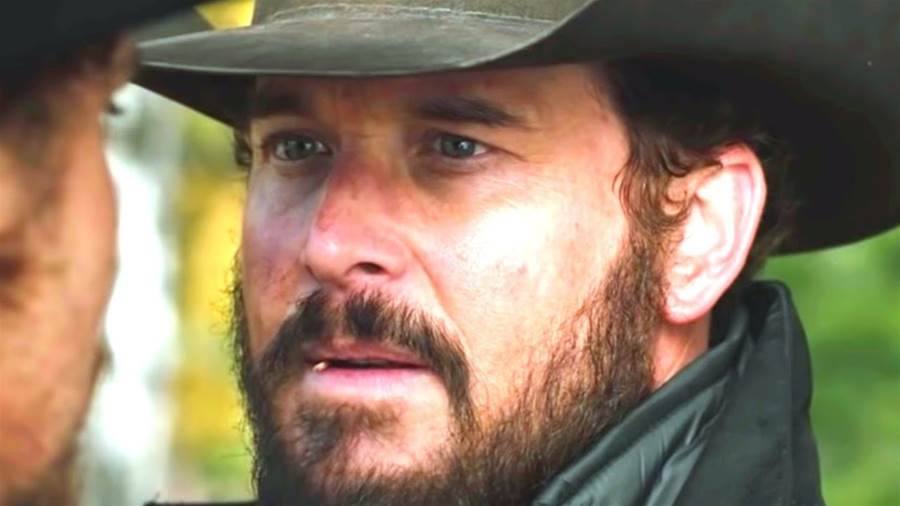

In the past, Yellowstone National Park has served as a backdrop for numerous encounters between humans and wildlife, some of which were portrayed in a manner that is now seen as shocking and distressing. These scenes, captured in older films and literature, highlight a stark contrast between the past and present understanding of ethical treatment of animals.
One example cited in the article is a film from the early 20th century that depicts a hunting expedition in Yellowstone. It shows hunters taking down a large number of animals, including bears and wolves, solely for the thrill of the hunt. Such scenes, which were considered acceptable in the era they were created, now elicit strong emotions from today's audience, who are more sensitive to the importance of preserving wildlife populations and habitats.
Another instance discussed is a literary account from the early 1900s that describes a brutal confrontation between a group of explorers and a bear in Yellowstone. The explorers are shown destroying the bear's home and then ruthlessly pursuing and killing the animal. This depiction, once seen as a thrilling adventure, now raises concerns about the portrayal of animals as mere adversaries to be conquered rather than respected inhabitants of the park.
Throughout the article, it becomes apparent that many of these scenes have failed to withstand changing societal attitudes towards nature conservation and animal rights.
Present-day viewers often find it difficult to watch or read about the exploitation and harm inflicted upon wildlife in the name of entertainment, when current values prioritize coexistence and respect for animals in their natural habitats.While it is essential to acknowledge the evolving perspectives and values of society, the article also emphasizes the importance of preserving these outdated depictions as a reflection of our collective history. By confronting and analyzing these problematic representations, we can better understand the progress we have made in terms of wildlife conservation and animal welfare.
In conclusion, this article sheds light on brutal scenes from Yellowstone's past that now shock contemporary audiences due to their outdated and insensitive portrayal of wildlife. It highlights the changing societal perspectives on animal rights and nature conservation, urging a more thoughtful and respectful approach towards our fellow inhabitants of the natural world.
